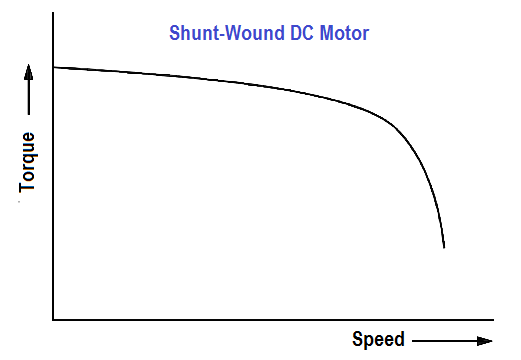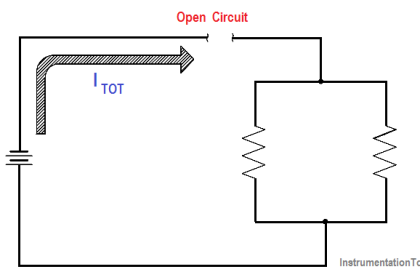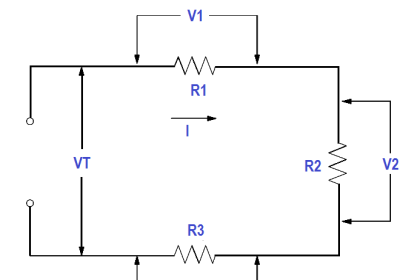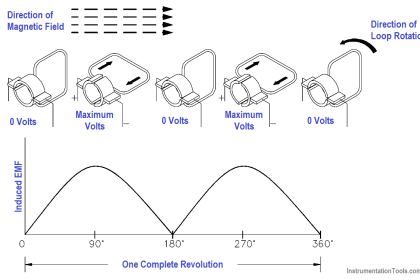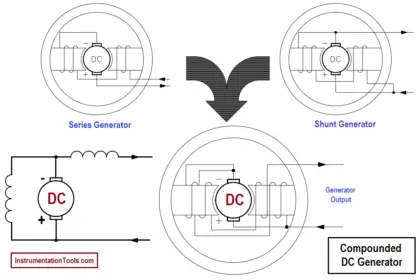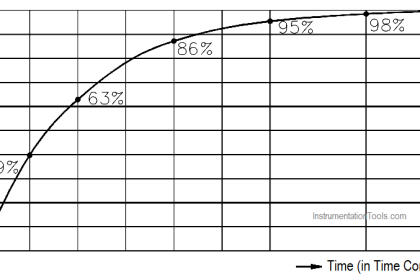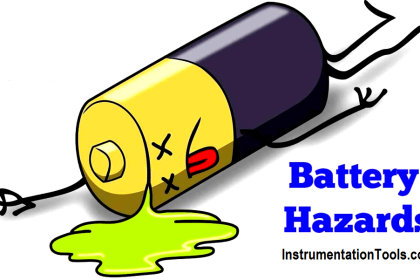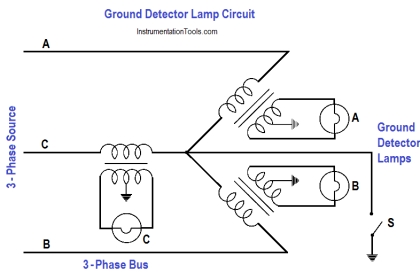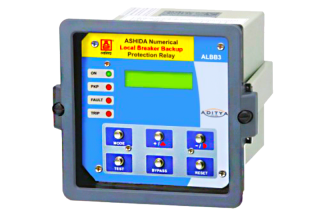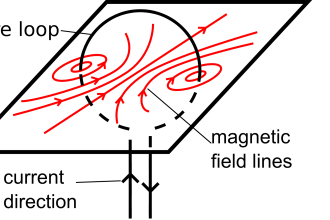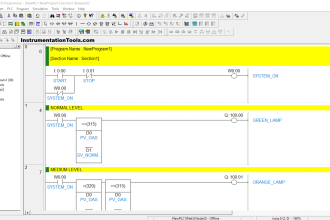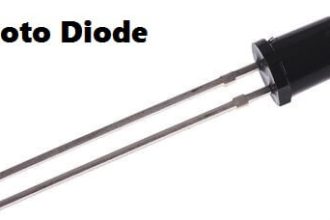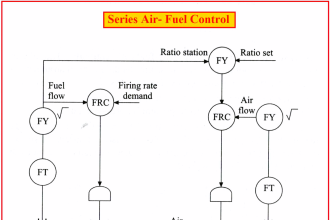The speed-torque relationship for a typical shunt-wound motor is shown in Figure 8.
A shunt-wound DC motor has a decreasing torque when speed increases. The decreasing torque-vs-speed is caused by the armature resistance voltage drop and armature reaction. At a value of speed near 2.5 times the rated speed, armature reaction becomes excessive, causing a rapid decrease in field flux, and a rapid decline in torque until a stall condition is reached.
Figure 8 : Torque-vs-Speed for a Shunt-Wound DC Motor
Shunt-Wound Motor Applications
The characteristics of a shunt-wound motor give it very good speed regulation, and it is classified as a constant speed motor, even though the speed does slightly decrease as load is increased.
Shunt-wound motors are used in industrial and automotive applications where precise control of speed and torque are required.
Compounded Motor
The compounded motor is desirable for a variety of applications because it combines the characteristics of a series-wound motor and a shunt-wound motor. The compounded motor has a greater torque than a shunt motor due to the series field; however, it has a fairly constant speed due to the shunt field winding. Loads such as presses, shears, and reciprocating machines are often driven by compounded motors.
